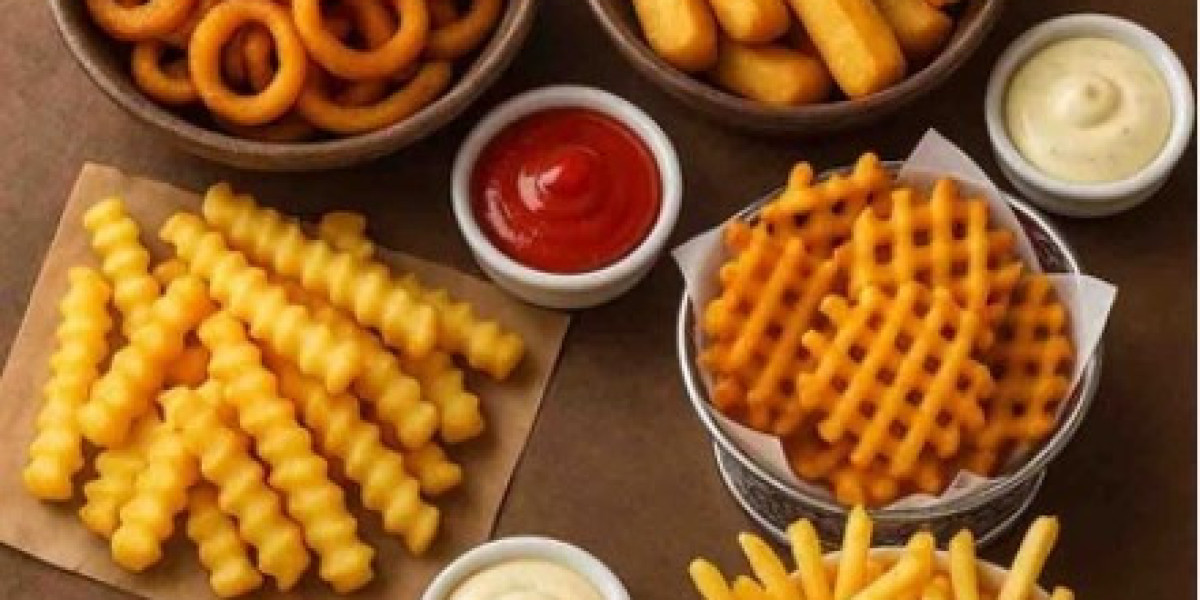Frozen food is convenient, affordable, and often surprisingly tasty—if you know how to cook it right. Yet, many people still end up with soggy pizza, rubbery chicken, or unevenly cooked fries. The problem isn’t the food itself—it’s the method. Cooking frozen food perfectly every time is a matter of understanding temperature, timing, and the right tools.
Here’s a practical guide to consistently great results with frozen meals and snacks, no matter what’s on the menu.
1. Start with Quality
Even before cooking starts, results depend heavily on the quality of what you buy. Not all frozen foods are created equal. Reputable frozen food products manufacturers invest in better freezing techniques and higher-quality ingredients, so the texture and flavor hold up during cooking.
Check the ingredient list. A shorter list with fewer preservatives often means better quality. Also, look for products that use “flash freezing,” a technique that locks in flavor and prevents ice crystals that can ruin texture.
2. Don’t Skip the Thaw (Unless You Should)
A common mistake is either always thawing or never thawing. Some foods cook better from frozen (like fries or pizza), while others need a head start at room temperature.
Thaw when cooking:
Meats and poultry (especially thick cuts)
Fish
Large lasagna or casseroles
Cook from frozen:
Veggies
Pizza
Nuggets or fries
Small baked goods (like pastries or croissants)
If thawing is needed, avoid leaving it on the counter. Thaw in the fridge overnight or use the microwave’s defrost setting. This prevents bacteria growth and helps cook more evenly.
3. Use the Right Cooking Method
Each type of frozen food has a best method. Follow package instructions, but improve on them by using the tips below:
Oven (Best for crispiness)
Great for items like breaded chicken, pizza, fries, and baked goods. Preheat the oven fully—don’t rush this step. A hot oven helps cook evenly and develop a crisp crust.
Place items on a rack or baking sheet, spaced apart. Crowding creates steam and leads to soggy results.
Air fryer (Game-changer for snacks)
For those wondering how to cook frozen fries perfectly, the air fryer is the answer. It crisps up foods with minimal oil, shortens cooking time, and doesn’t dry out the interior.
Shake the basket halfway through cooking for even browning.
Stovetop (Best for stir-fries and sauces)
Use a hot pan and a bit of oil. Don’t overload it—this can drop the temperature and make everything steam instead of sear.
Microwave (Only when you have to)
Use for soups, frozen meals, or anything that’s already cooked. But never expect crispiness here. To improve texture, microwave just to heat, then finish in the oven or pan to add crunch or color.
4. Add Moisture When Needed
Frozen food tends to lose moisture, which can make some meals taste dry or overcooked. For frozen veggies or meats, try these tricks:
Add a splash of broth or water when microwaving
Cover tightly with foil when baking
Toss with a bit of oil before roasting
This creates steam or traps existing moisture, helping the food cook gently and evenly.
5. Season It Yourself
Many frozen foods are under-seasoned, while others are overloaded with salt. Taste before serving and don’t be afraid to add your own herbs, spices, or finishing touches.
For example, roasted frozen vegetables often benefit from a squeeze of lemon, a dash of chili flakes, or some fresh herbs right after cooking. Frozen chicken tenders can be tossed in your own hot sauce, barbecue glaze, or honey mustard for more flavor control.
6. Use a Thermometer for Protein
Don’t guess when it comes to meats. Cooking from frozen adds time and uncertainty, so use a digital thermometer to make sure poultry reaches 165°F (74°C), and beef or pork hits the desired doneness safely.
This removes the guesswork and ensures safety without overcooking.
7. Give It Time to Rest
After cooking, let food rest a few minutes. This allows moisture to redistribute and temperature to even out. It also prevents hot steam burns from food that looks deceptively cool on the outside.
8. Know When to Upgrade Your Gear
A basic oven works fine, but some upgrades can make a big difference:
Air fryer: Best for snacks, small meals, and anything you want crispy
Toaster oven: Faster preheat, less energy than a big oven
Convection oven: Circulates hot air for more even cooking
Cast iron pan: Great for frozen burgers or skillet meals
Having the right gear reduces uneven cooking and speeds things up. For frequent frozen food eaters, it’s a worthy investment.
9. Don’t Trust the Box Blindly
Cooking instructions on packaging are a starting point, not gospel. Variables like oven type, altitude, and how full your freezer is can affect outcomes. Adjust based on your own experience.
Keep a mental note (or even a list) of how long things actually take in your appliances, and how to tweak them for better results.
10. Use Frozen Food as a Shortcut, Not a Crutch
Frozen food doesn’t have to mean bland or boring. Use it as a time-saver, not the whole meal. Frozen grilled chicken? Add to a fresh salad. Frozen rice or stir-fry mix? Pair with a homemade sauce. Frozen pizza? Top with extra veggies, cheese, or chili flakes before baking.
Frozen ingredients can even help you cook globally. Many frozen food exporter brands offer international dishes—from dumplings to tikka masala—that just need a fresh garnish or simple side dish to feel like a real homemade meal.
Final Thoughts
Perfectly cooked frozen food is more than a convenience—it’s a skill. By mastering a few core techniques, paying attention to quality, and choosing the right cooking methods, you can turn simple freezer meals into reliably good, sometimes even impressive, dishes.








